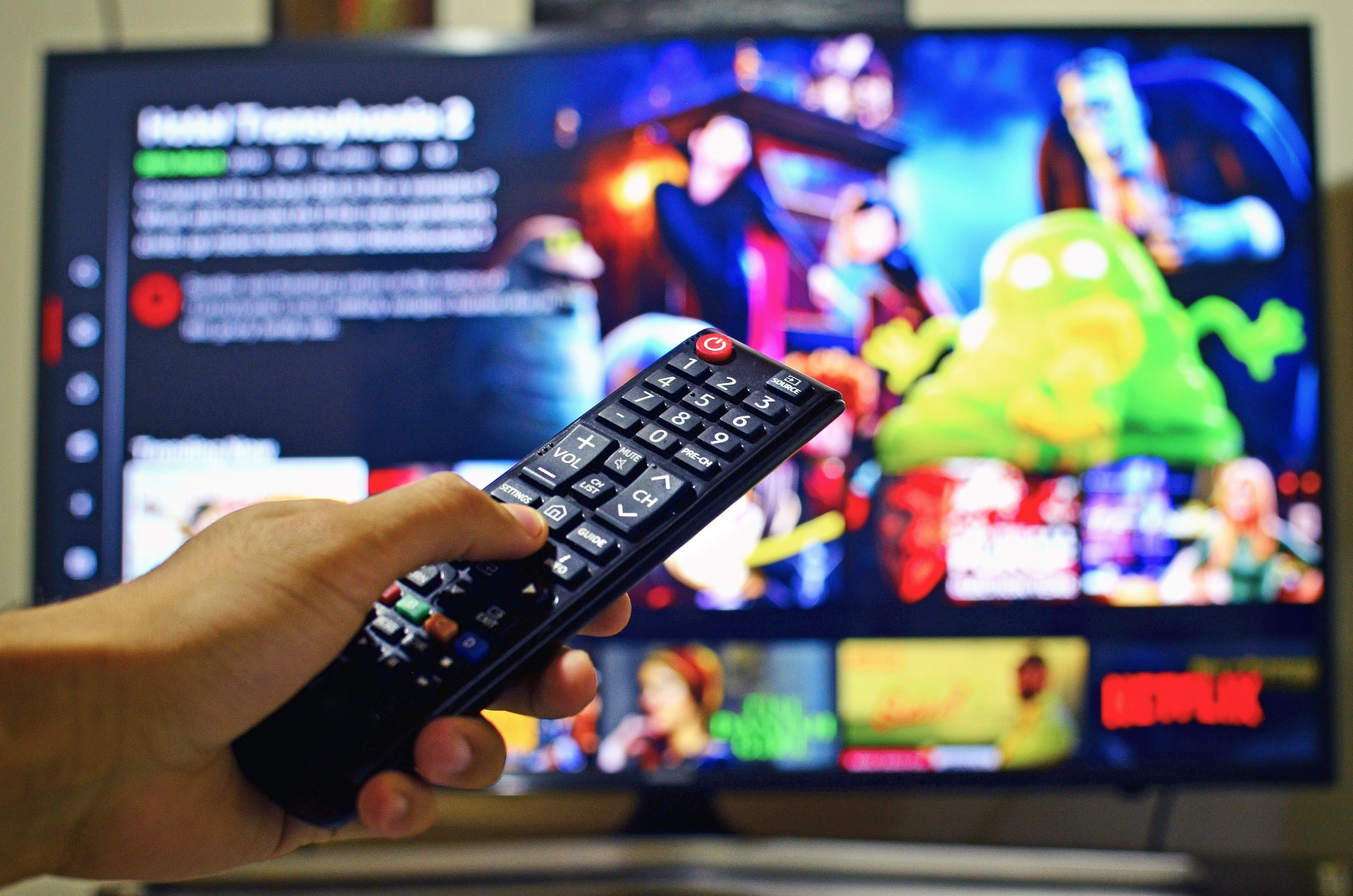Decentralized Internet: A New Era of Connectivity
Imagine a world where you control your internet data, privacy is the norm, and censorship is a thing of the past. This world could become a reality with decentralized internet. As traditional internet systems face limitations, the decentralized model offers a promising alternative. But what exactly is decentralized internet, and how could it revolutionize our connectivity landscape?

Understanding the Decentralized Model
Decentralized internet is a network structure that shifts control from centralized authorities to individual users. Unlike traditional internet systems that rely on a few powerful entities, decentralized networks distribute data and control across multiple nodes. This approach aims to enhance privacy, security, and resilience. Historically, the internet began as a decentralized entity, but over time, control consolidated into the hands of major corporations and governments. The push for decentralization is a return to these initial principles, promoting a more open and equitable internet.
Technological Developments Driving Change
Several key technologies underpin the decentralized internet movement. Blockchain technology, for instance, provides a secure and transparent method for data distribution and validation. Blockchain’s tamper-proof nature ensures data integrity, making it an ideal foundation for decentralized applications. Peer-to-peer (P2P) networks also play a crucial role, allowing users to share resources and communicate without intermediaries. These technologies, among others, are steadily maturing, setting the stage for a decentralized internet infrastructure.
Current Trends and Industry Movements
The decentralized internet is gaining traction, with numerous projects and startups emerging to challenge the status quo. Companies are exploring blockchain-based browsers, decentralized social media platforms, and alternative data storage solutions. Regulatory changes are also influencing the landscape, as governments grapple with the implications of decentralization on data sovereignty and cybersecurity. The trend towards decentralization is not just a technological shift but also a cultural one, reflecting growing public demand for greater control over personal data and online experiences.
Challenges and Practical Applications
Despite its potential, the decentralized internet faces several challenges. Scalability remains a significant hurdle, as decentralized networks must efficiently handle large volumes of data. Moreover, user adoption is crucial for success, requiring intuitive interfaces and robust support systems. In terms of applications, decentralized internet can revolutionize sectors like finance, healthcare, and education by enabling secure and transparent data sharing. For instance, decentralized finance (DeFi) platforms are already transforming traditional banking by offering peer-to-peer lending and trading services.
The Future of Connectivity
The decentralized internet promises a future where users have greater control over their online lives. However, achieving this vision requires overcoming technical and societal challenges. As technologies evolve and public awareness grows, decentralized internet could redefine how we connect, communicate, and conduct business. While the path forward is complex, the potential benefits of a decentralized internet make it a compelling vision for the future of connectivity.
By empowering users and promoting transparency, decentralization could usher in a new era of internet freedom and innovation.




